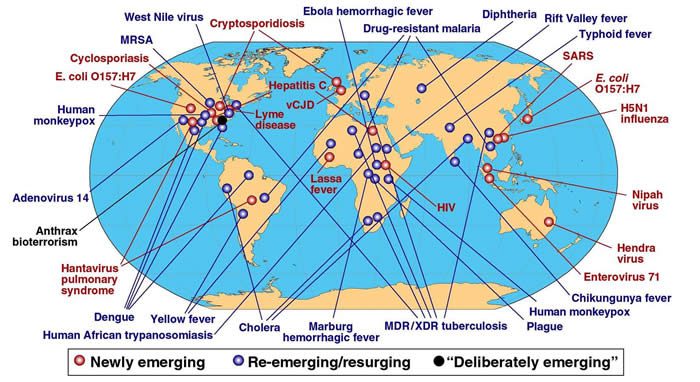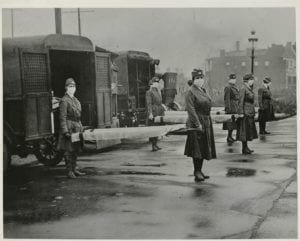| EPIDEMICS |
| Published in March, 2020 |
| H E K T O R A M A |
| . | |
|
| Emerging infections: a perpetual challenge | |||||
Well-understood determinants of modern disease emergence, typically acting in concert, have been associated throughout recorded history with the emergence of major diseases. These determinants have been similar in their explosiveness, impact, and elicitation of public-health control responses. Whether the nature and pattern of these determinants are changing or will change in the future remains speculative. That most of the historical emerging diseases we examined were associated with unique patterns of common determinants suggests to us that an increasingly complex modern world will probably provide increasing opportunities for disease emergence. For centuries a fundamental challenge to the existence and well-being of societies—as reflected by scientific attention, as well as in art, religion, and culture—emerging infections remain among the principal challenges to human survival.
|
|||||
| BUGS AND PEOPLE | ||||
|
|
||||
 |
\ The Spanish Flu disrupted the normal flow of life: towns and cities stopped functioning; desperate authorities enforced quarantine by gunpoint and imposed drastic restrictions on public gatherings. Police patrolled streets to ensure public safety in anticipation of mass panic. In the most extreme example, the US territory of American Samoa was successfully quarantined and had no influenza deaths, whereas its neighbor, Western Samoa, was decimated and 25% of its population succumbed to the raging pandemic.
|
| KATHERINE ANNE PORTER AND THE 1918 INFLUENZA EPIDEMIC | |||||
|
|
|
||||
|
|||||
|
|





Leave a Reply